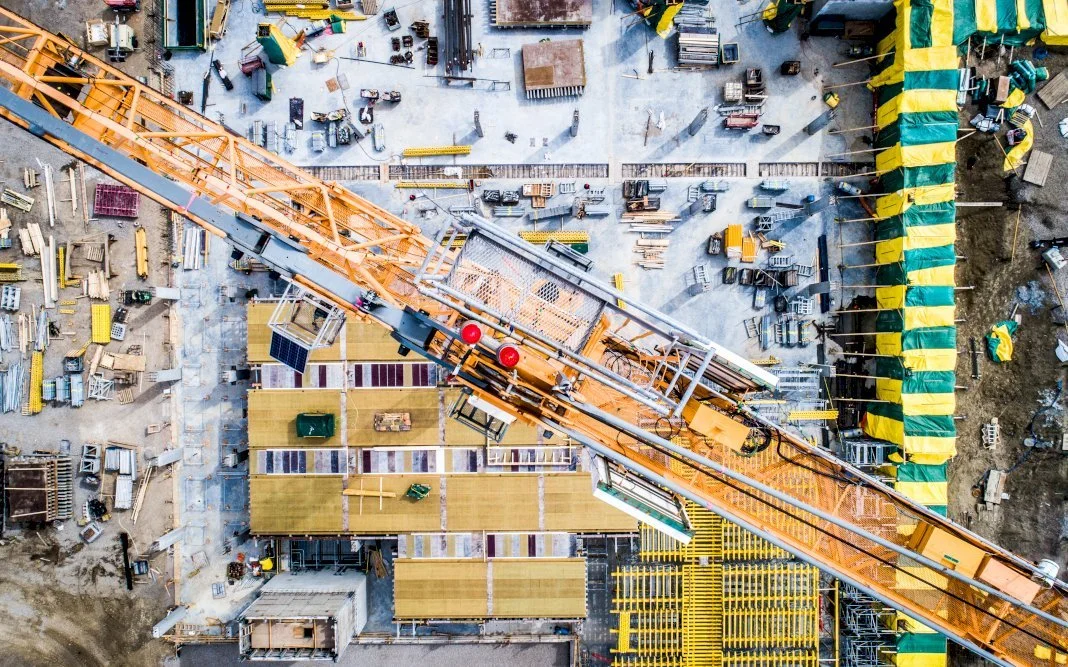Construction sites are dangerous, and fatalities can be reduced with proper planning and protocols.
Establishing clear rules and regulations regarding workplace conduct is key to a safer environment.
Adequate training and instruction for workers is necessary to reduce risks and improve workplace morale and productivity.
Regular inspections, clear walkways, and accurate tool inventory management are essential for safe and successful project outcomes.
Construction sites are inherently dangerous workplaces, and the risk of worker fatalities is a real threat. Proper planning and preparation can significantly reduce construction site fatality rates.
Implement safety protocols.
Implementing safety protocols is key to reducing the risk of construction site fatalities. Here are some tips on how to do this:
Utilize proper safety equipment.
Utilizing proper safety equipment such as hard hats, work boots, eye protection, and fall protection is imperative in construction sites to ensure the safety of workers and prevent accidents.
It is well-known that construction sites are inherently hazardous environments, and wearing appropriate safety gear can drastically reduce the risk of injury or fatality. Hard hats protect the head from falling objects, while work boots support and prevent slips or falls. Eye protection is critical to prevent injuries from flying debris, dust, or chemicals.
Additionally, acquiring high-quality fall protection gear is essential to keeping workers safe when working at heights. Ensuring all workers have the right safety equipment will help minimize risks and maintain a safe working environment.
Establish clear rules and regulations.
Establishing clear rules and regulations regarding workplace conduct is crucial in maintaining a safe work environment in construction sites. These regulations ensure that workers know what is expected of them on the job and their responsibilities. Employers are responsible for establishing these rules and regulations and ensuring that all workers follow them.
Clarity is key when establishing these rules and regulations to ensure they are understood and adhered to by all workers. Adequate training and communication about the regulations are also necessary to ensure workers know the consequences of failing to follow them. By prioritizing clear rules and regulations, employers can create a safer workplace for their workers by preventing accidents and injuries.
Provide adequate training and instruction.
Providing adequate training and instruction for workers on construction sites is essential to ensure a safe working environment. For example, ensuring workers know how to properly use equipment like scaffolding, whether provided by the employer or through a scaffolding rental service in Dallas, TX is crucial to avoid hazards. By investing in thorough training, employers can reduce risks and improve both safety and productivity. It is important to understand that construction is an industry with inherent risks, and without proper instruction, the consequences can be catastrophic.
Workers must be trained to use equipment, avoid hazards, and follow protocols that protect themselves and their colleagues. Employers must take their responsibility in providing appropriate training seriously for their employees' well-being and their business's success.
Perform regular inspections.
Regular inspections of construction sites are essential to ensuring a safe working environment. Not only does this process help to identify potential hazards, but it also helps to prevent accidents before they occur. Inspections can help uncover safety concerns related to equipment, materials, and conditions at the site, and they can help ensure that proper safety protocols are followed at all times.
As an expert in construction safety, it is important to emphasize the importance of regular inspections as a proactive measure to prevent accidents and promote a safe and healthy working environment for all workers on the job.
Ensure all walkways are kept clear.
As an expert on construction safety, all walkways on construction sites must be kept clear and free from debris or obstructions. This not only aids in efficiency and ease of movement but also greatly reduces the risk of accidents and injuries. All on-site workers must be provided with proper training and education to ensure this.
This includes emphasizing the importance of regularly checking for potential hazards, addressing them promptly, and implementing protocols for reporting any obstructions or debris. Ultimately, prioritizing the condition of walkways contributes to a safe and successful construction site.
Keep an accurate inventory of tools.
An accurate inventory of tools is essential in any construction site to ensure smooth operations. Knowing the exact number of tools available prevents overloading and avoids the need for workers to share, which can lead to delays.
Proper inventory management is crucial not only for time efficiency but also for cost-effectiveness. Mismanaged tools can lead to unnecessary expenses, which can affect the profitability of a project. Thus, an accurate inventory is crucial to ensure successful project outcomes and avoid delays and added expenses.
It is best to implement a tool tracking system that records the movement of tools - from the inventory room to the job site and back - ensuring transparency and accountability. Organizing and managing tools helps increase productivity, reduces mishandling, and promotes a safe working environment for everyone involved.
These are just some strategies that can be implemented to reduce the risk of construction site fatalities. Employers must prioritize the safety and well-being of their workers and maintain a safe working environment for everyone involved.




